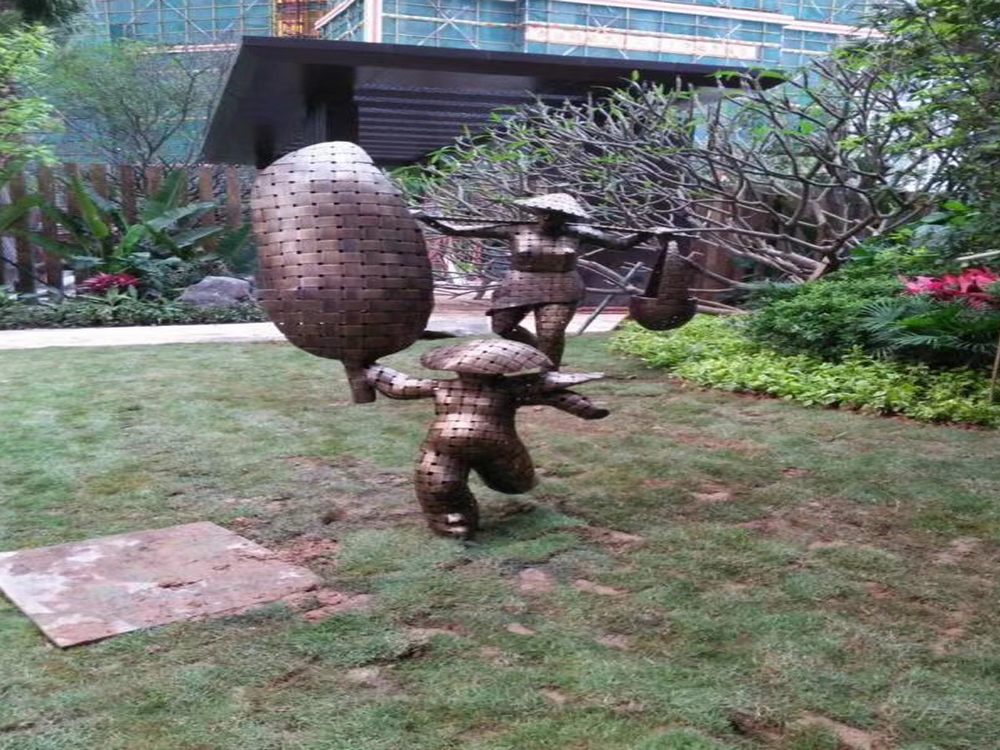
Wood carvings have long been a medium for artistic expression, often drawing inspiration from other art forms like painting and sculpture. The intricate details and textures found in wood carvings frequently mirror the techniques used in painting, such as shading and perspective, to create depth and realism. Similarly, the three-dimensional aspects of wood carvings borrow heavily from sculpture, emphasizing form and volume to bring figures to life.
Historically, wood carvings have also adapted stylistic elements from various cultural art movements. For example, Renaissance wood carvings often replicated the flowing drapery and lifelike proportions seen in paintings of the era. In contrast, modernist wood carvings might abstract forms, echoing the bold lines and geometric shapes found in contemporary sculpture.
Beyond technique, wood carvings often incorporate symbolic motifs from painting traditions, such as religious iconography or natural landscapes, blending narrative and visual storytelling. This cross-pollination of ideas highlights how wood carvings serve as a bridge between art forms, preserving cultural heritage while evolving creatively.
Ultimately, the influence of painting and sculpture on wood carvings underscores the interconnectedness of art, showcasing how artists innovate by borrowing and reinterpreting techniques across disciplines.

